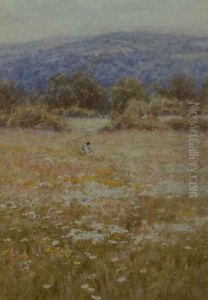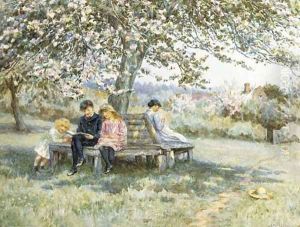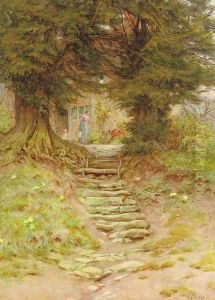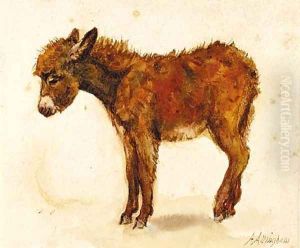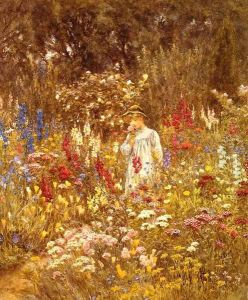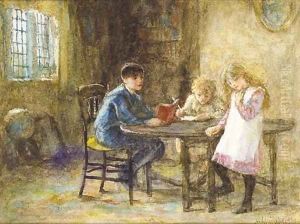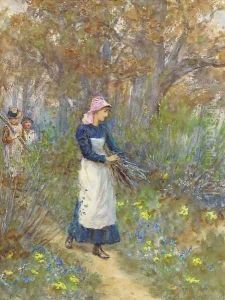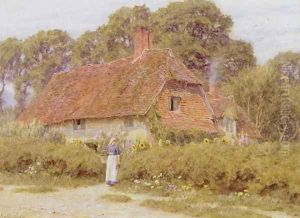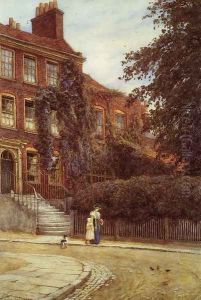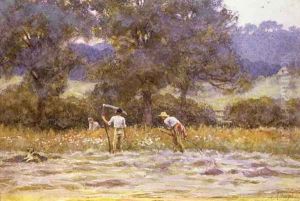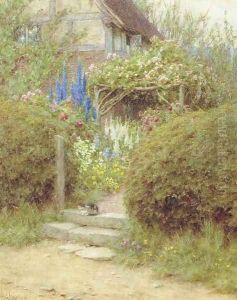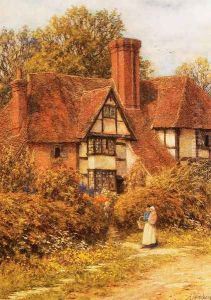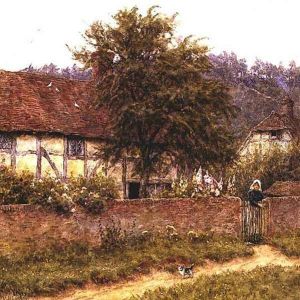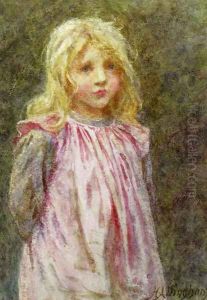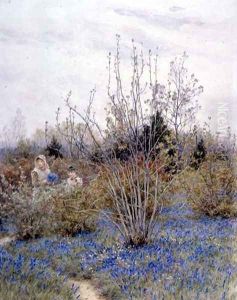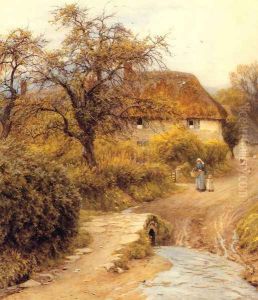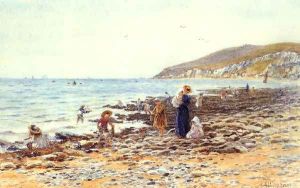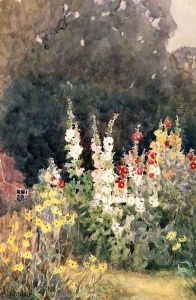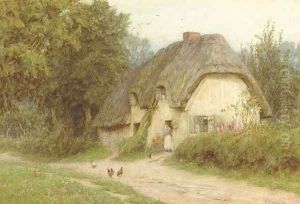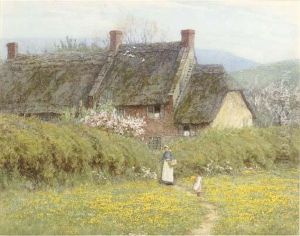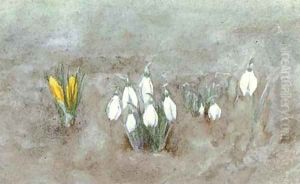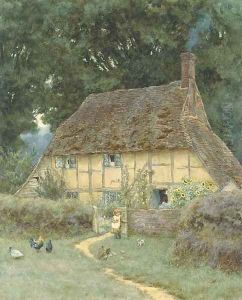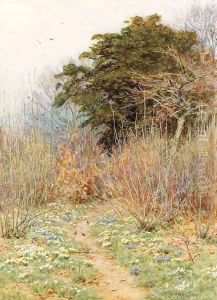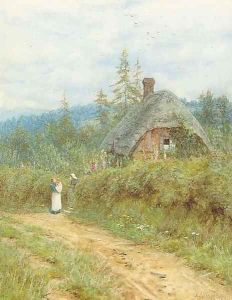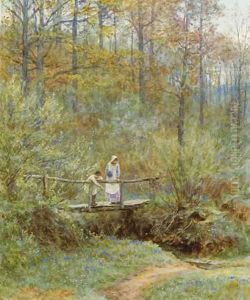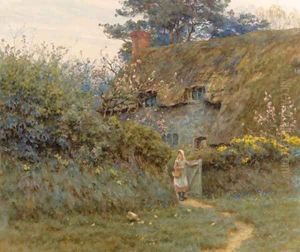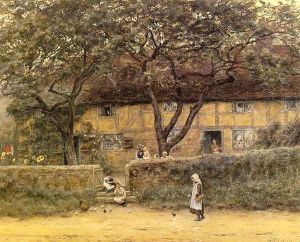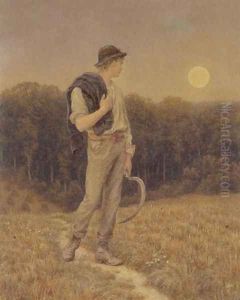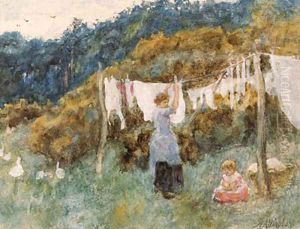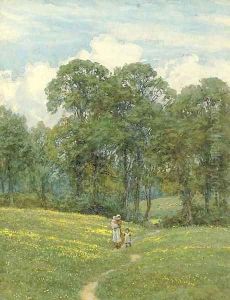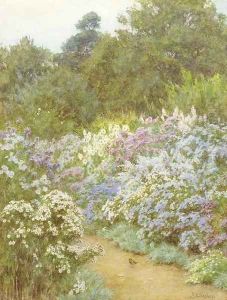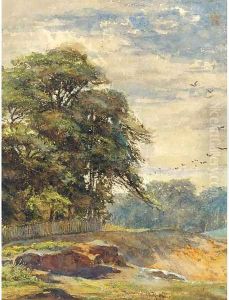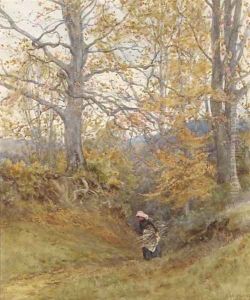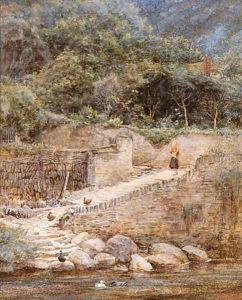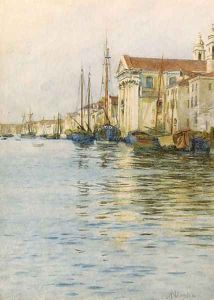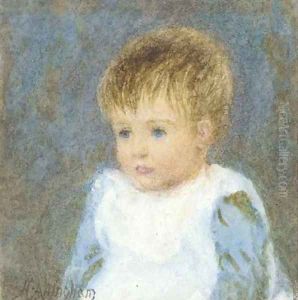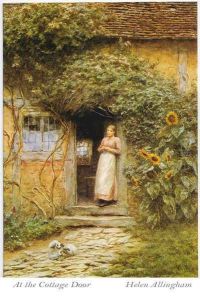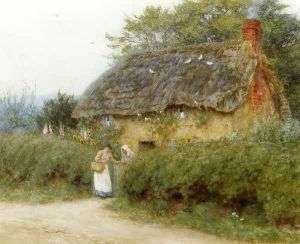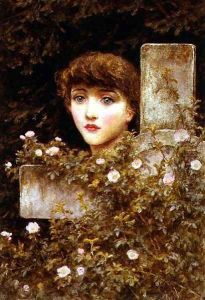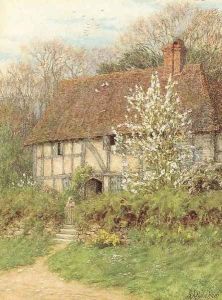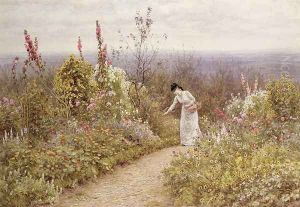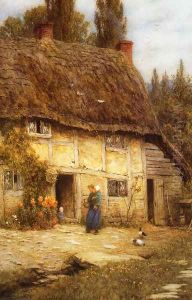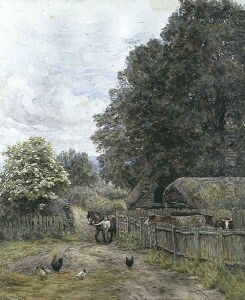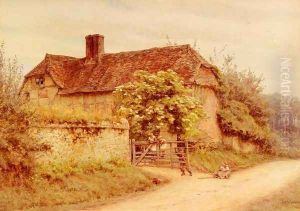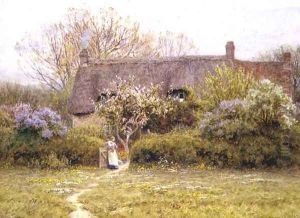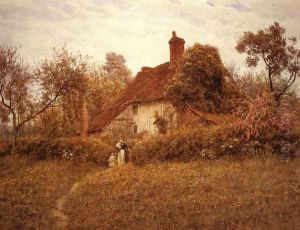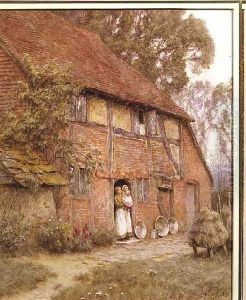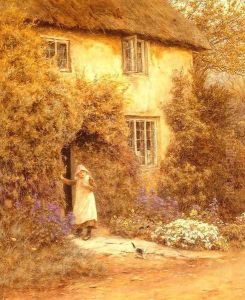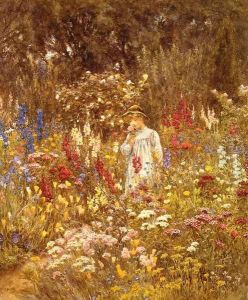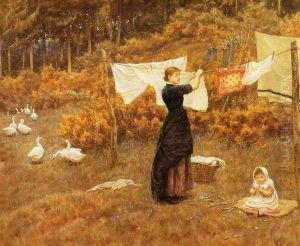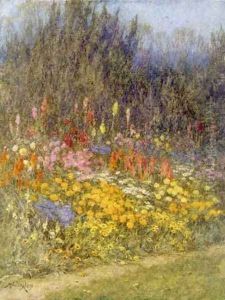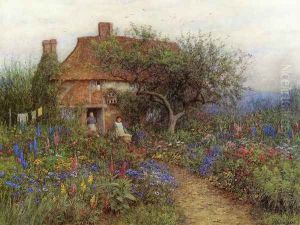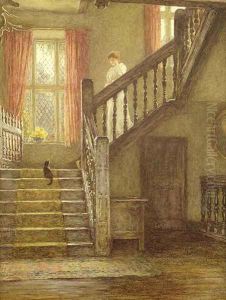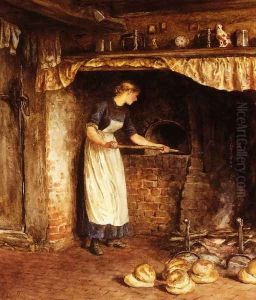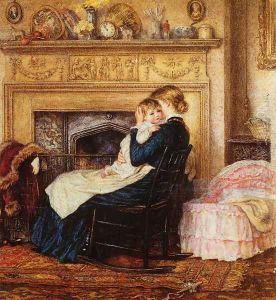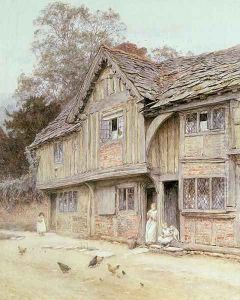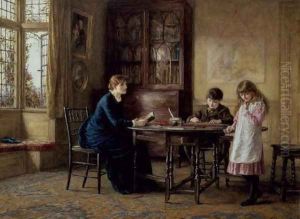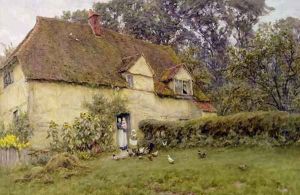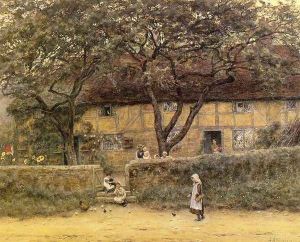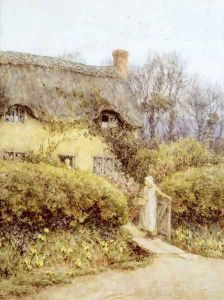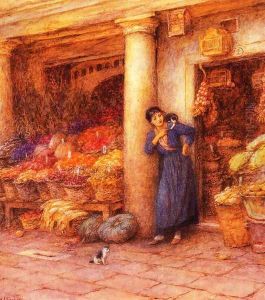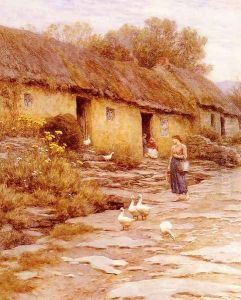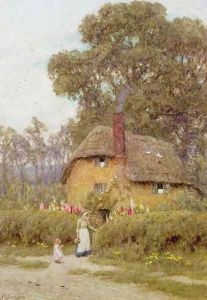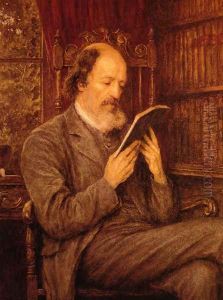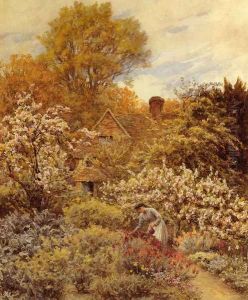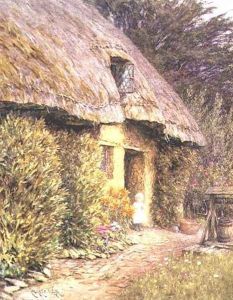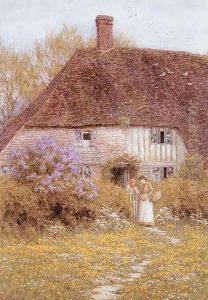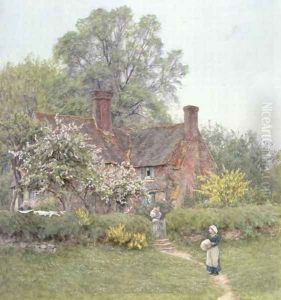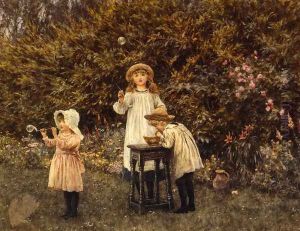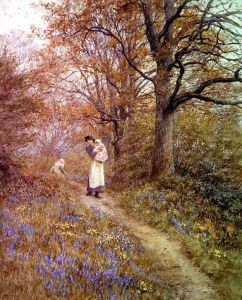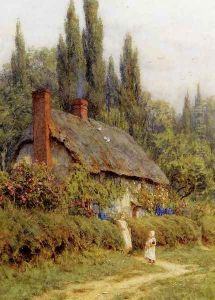Helen Mary Elizabeth Allingham Paintings
Helen Mary Elizabeth Allingham was an English watercolour painter and illustrator of the Victorian era. She was born on September 26, 1848, in Swadlincote, Derbyshire, and was the eldest of seven children. Her family moved to Birmingham when she was a child, and there she began her formal art education at the Birmingham School of Design at the young age of seventeen. Later, she continued her studies at the National Art Training School in South Kensington, London, where she developed her skills in graphic design and watercolour painting.
Allingham started her career as an illustrator, becoming one of the few women at the time to work professionally in the field. She gained recognition for her work in publications such as 'The Graphic' and 'Harper's Magazine'. Her illustrations often featured children and scenes from rural life, which became a hallmark of her later work as a painter.
In 1874, Helen married the Irish poet and writer William Allingham, who was significantly older than she was. Her marriage marked a turning point in her career, as she began to focus more on watercolour painting. Helen Allingham's paintings are best known for their depiction of the English countryside, especially that of Surrey and Sussex, where she lived for most of her married life. She was particularly fond of painting cottages, gardens, and rural scenes that highlighted the beauty of the English landscape and rural life before industrialization changed it forever.
Helen Allingham was a successful artist during her lifetime. She was the first woman to be admitted as a full member of the Royal Watercolour Society in 1890, an accomplishment that was a significant milestone for women artists of the time. Her works were widely exhibited, including at the Royal Academy in London, and she was also commissioned to produce watercolours of the homes of famous people, including the poet laureate Alfred, Lord Tennyson.
Throughout her career, Allingham remained dedicated to her art, capturing the idyllic English countryside with a delicate and detailed touch. Her contribution to watercolour painting and Victorian art has been recognized and celebrated, with her works held in various collections worldwide. Helen Allingham continued to paint until her death on September 28, 1926, in Haslemere, Surrey, leaving behind a substantial body of work that continues to be appreciated for its charm, technical skill, and historical value.
